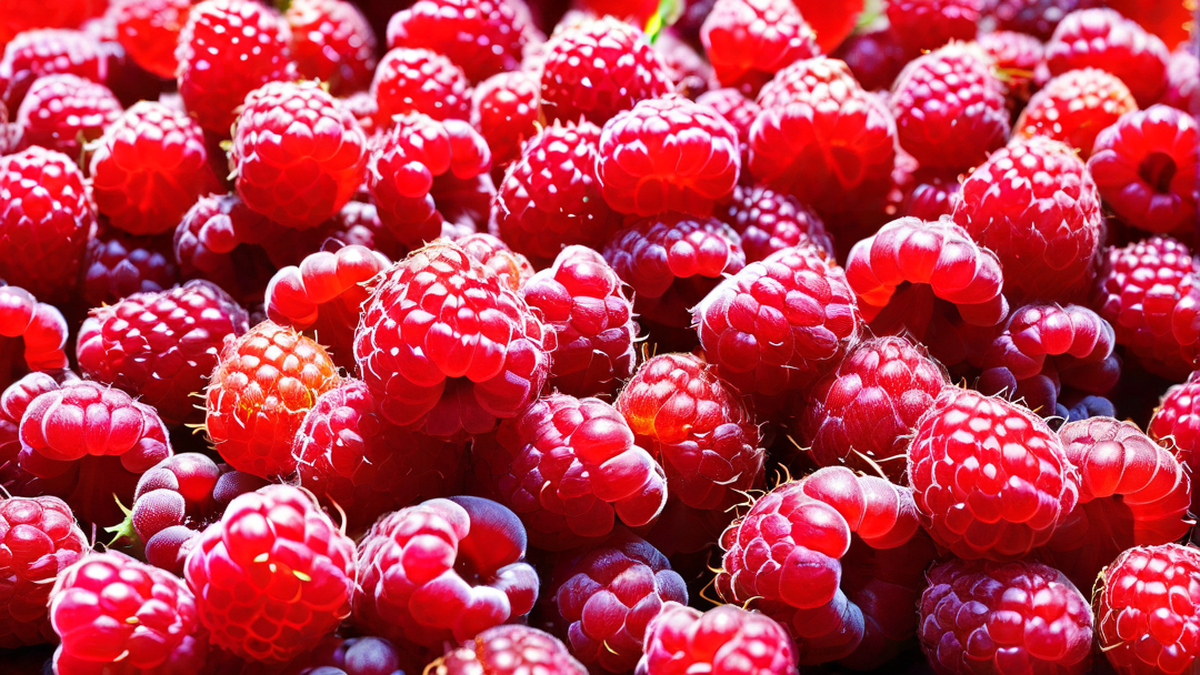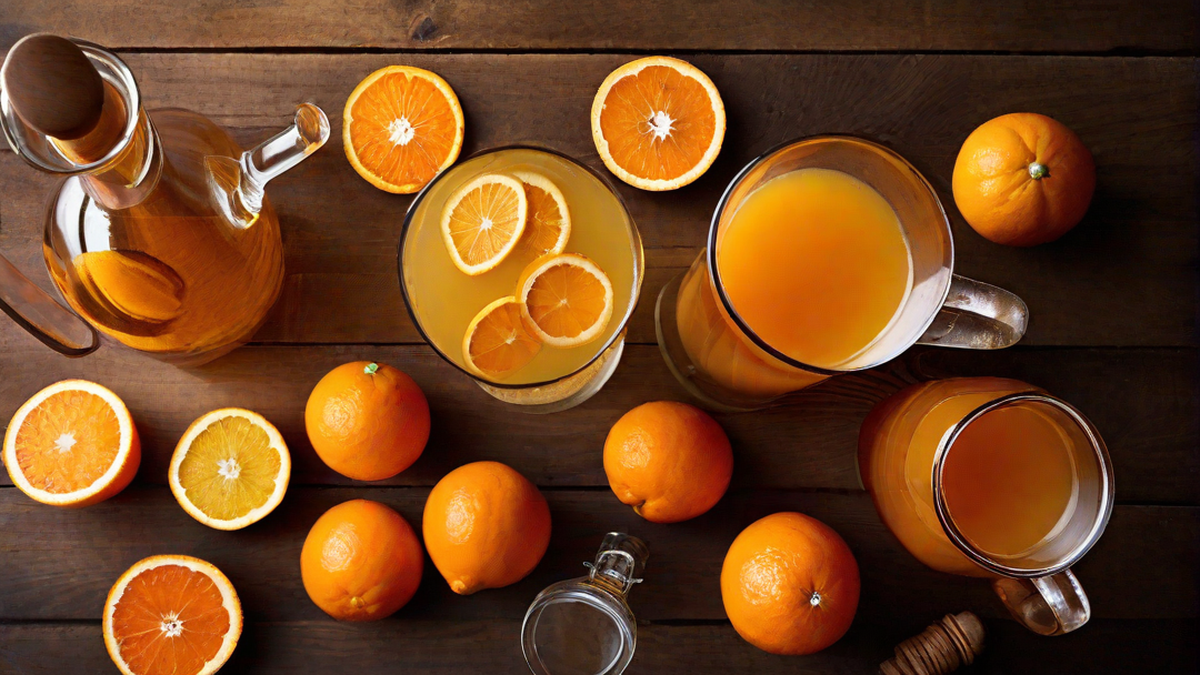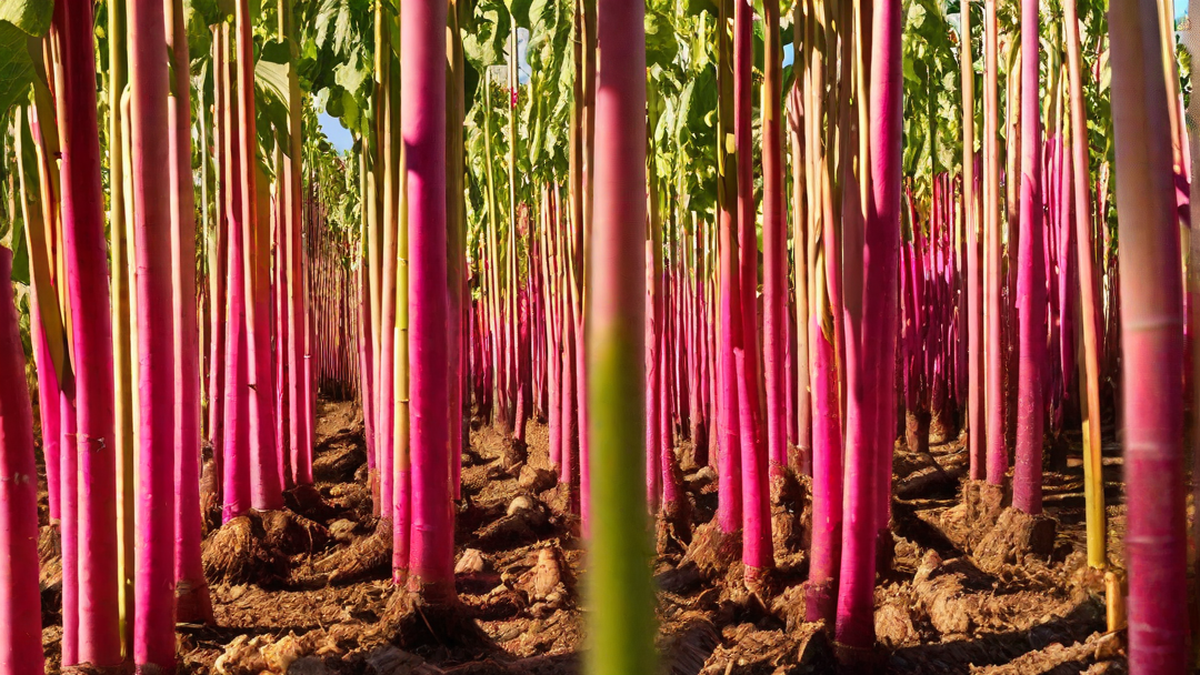Have you ever wondered about making your own grape wine? I must admit, my affection for wine runs deep, and I’ve dabbled in the art of winemaking myself. There’s a magical aspect to transforming grapes into a delicious drink that can be savored and cherished.
First and foremost, let’s talk about the grapes. Choosing the right type of grapes is crucial for making a good quality wine. While there are numerous grape varieties available, some of the most popular ones for winemaking include Cabernet Sauvignon, Chardonnay, Merlot, and Pinot Noir. Each grape variety brings its own unique flavors and characteristics to the final product.
Once you have your grapes, the next step is to crush them. This can be done by hand, but I highly recommend investing in a grape crusher if you are serious about winemaking. Crushing the grapes releases their juice and allows the fermentation process to begin.
After crushing, the juice needs to be fermented. This is where the magic happens. Yeast, specifically wine yeast, is added to the juice to kickstart the fermentation process. The yeast consumes the sugars in the juice and converts them into alcohol. As the fermentation progresses, the flavors and aromas of the wine develop.
During the fermentation process, it is important to monitor the temperature and ensure that it stays within the optimal range for the yeast. This will help to maintain the flavors and prevent any off-putting aromas from developing.
Once the fermentation is complete, it’s time to transfer the wine to a secondary vessel for aging. This is where the flavors continue to evolve and mature. It is common to age wine in oak barrels, as they impart additional flavors and aromas to the wine. However, if you don’t have access to oak barrels, you can use glass carboys or stainless steel tanks.
During the aging process, it is crucial to keep the wine away from light and fluctuations in temperature. This will help to preserve the flavors and ensure that the wine ages gracefully.
After aging for a suitable period of time, it’s time to bottle the wine. Make sure to sterilize the bottles and corks before filling them with your precious creation. Once bottled, it is advisable to let the wine rest for a few months before opening it. This will allow the flavors to fully integrate and result in a more enjoyable drinking experience.
Now comes the best part- tasting your homemade grape wine! Pour a glass, let it breathe for a few minutes, and take a sip. Appreciate the flavors, the aromas, and the hard work that went into creating this liquid masterpiece. Share it with friends and loved ones, and savor every moment.
In conclusion, making grape wine is a labor of love that requires patience and attention to detail. From selecting the right grapes to the fermentation and aging processes, every step contributes to the final product. So why not give it a try? You may just discover a newfound appreciation for the art of winemaking and enjoy the fruits of your labor in a whole new way.




